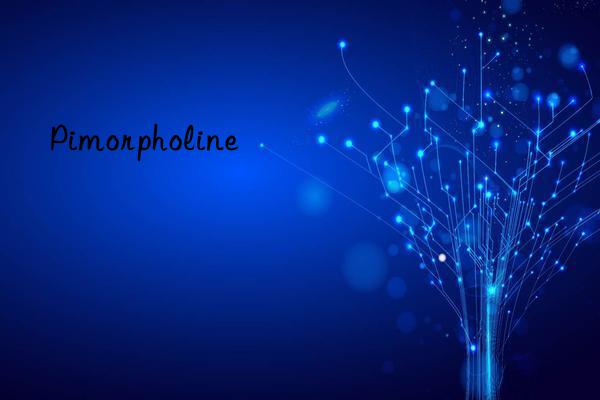
CAS:
2152-34-3 | | Molecular formula: | C9H8N2O2 |
| Molecular weight: | 176.17 |
| Chinese name: | | pemoline | | 2-imino-5-phenyl-4-oxazolidinone | | Benzene Isotoin | | Pennaoling | | Pimorin |
|
| English name: | | 2-imino-5-phenyl-4-oxazolidinon | | 2-amino-5-phenyl -4(5h)-oxazolone | | 2-imino-4-keto-5-phenyltetrahydrooxazole | | 2-imino- 5-phenyl-4-oxazolidinone | | 2-inino-5-phenyloxazolidin-4-one | | 2-amino- 5-phenyl-2-oxazolin-4-on | | 2-amino-5-phenyl-4(5h)-oxazolon | | 5-phenyl-2-imino-4-oxazolidinone | | 5-phenyl-2-imino-4-oxooxazolidine | | 5-phenylisohydantion | | a 13397 | | azoksodon | | azoxodone | | centramin | | constimol | | cs 293 | | dantromin | | deltamine | | endolin | | fenoxazol | | fio | | fwh-352 | | h 3104 | | hyton | | juston-wirkstoff | | kethamed | | la 956 | | myamin | | nitan | | notair | | npl 1 | | okodon | | p 10 | | pemolina | | pemoline | | phenalone | | phenilone | | phenoxazole | | phenylisohydantoin | | phenylpseudohydantoin | | pio | |
| pioxol | | pn/135 | | pomoline | | pondex | | pt 360 | | ronyl | | sigmadyn | | sistra | | sistral | | sofro | | stimul | | tradon | | tradone | | volital | | volitol | | yh 1 | | 2-Amino-5-phenyl-4(5H )-oxazollne |
|
| Description of properties: | White crystalline powder. Melting point 256-257°C (decomposition). Insoluble in water, ether, acetone and dilute hydrochloric acid. Odorless and tasteless. |
| Production method: | Condensation and hydrolysis of benzaldehyde with chloroform to obtain α-hydroxyphenylacetic acid, and then esterification , Cycling to get pemoline. |
| Usage: | This product is a central nervous system stimulant, 20 times that of caffeine in the excitatory effect, and is used to treat brain Dysfunctional disorders, mild depression and narcolepsy, etc. However, there are many adverse reactions, and they are gradually replaced by tricyclic and tetracyclic antidepressants. Rat oral LD50 is 500mg/kg. |




 微信扫一扫打赏
微信扫一扫打赏
